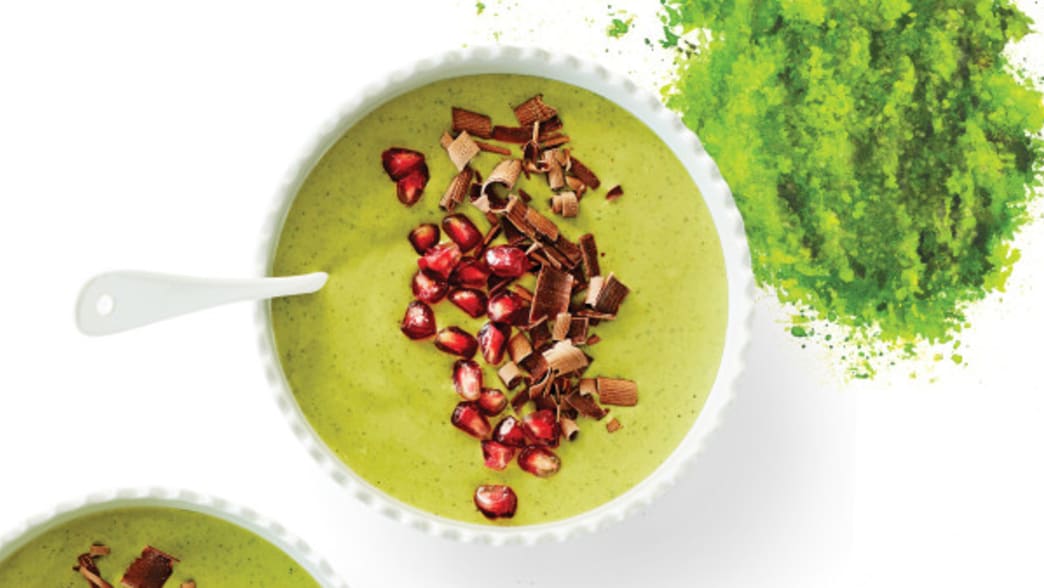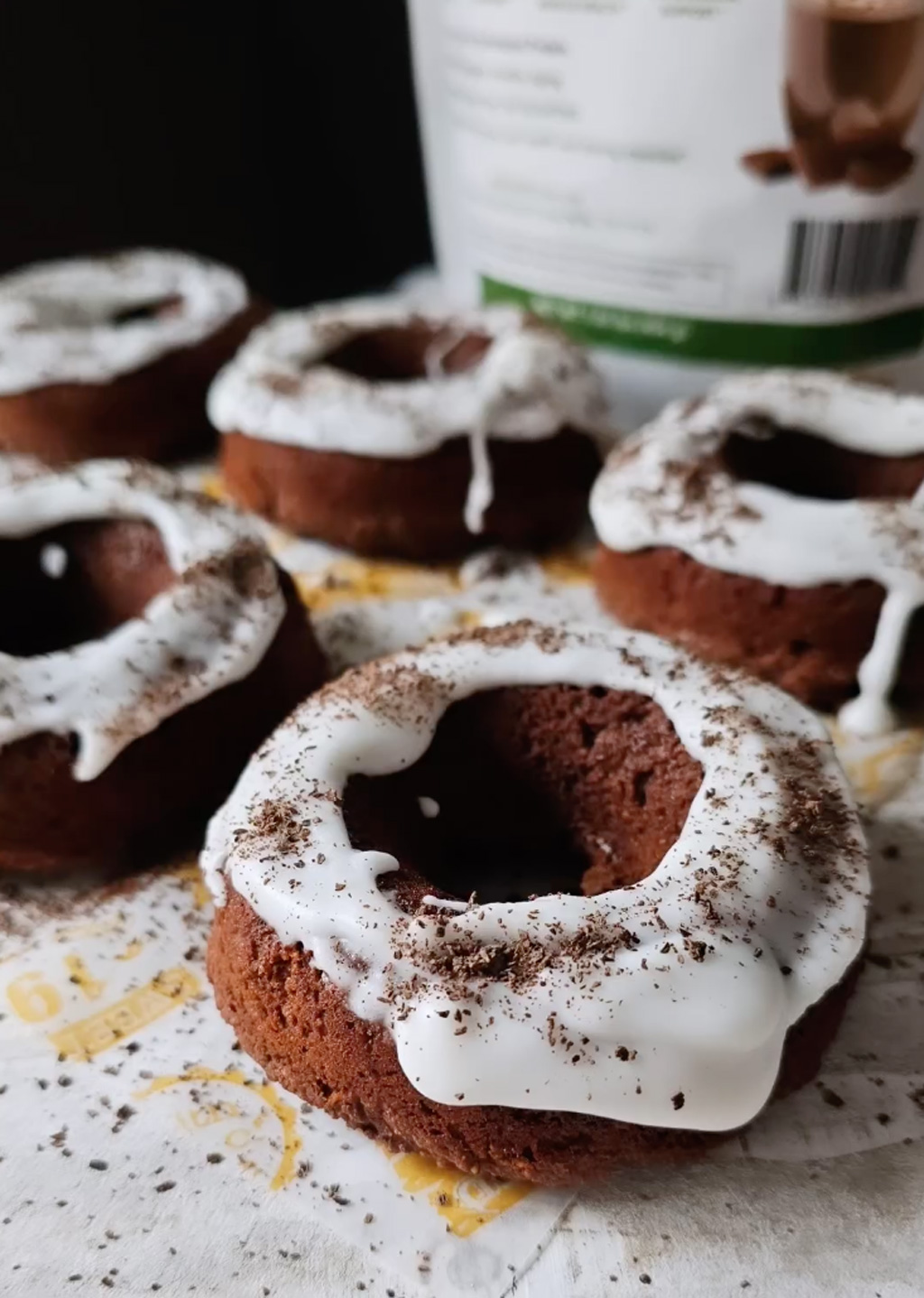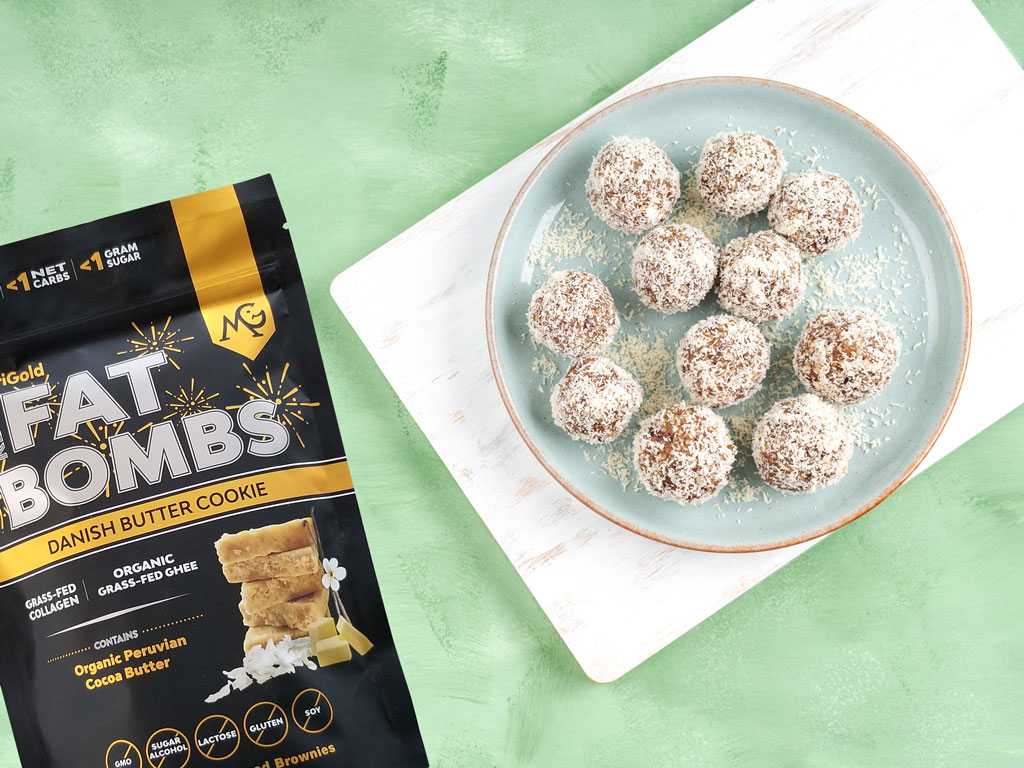1. Matcha
This brilliant green powder made from ground green tea leaves was originally served in traditional Japanese tea ceremonies. Because it’s made from the whole leaf, it contains more antioxidants than loose-leaf green tea. The most potent cancer-fighting compounds in green tea are a group of phenolic antioxidants that include epigallocatechin gallate (EGCG). In studies, matcha in particular significantly reduced the risk of bladder cancer. Green tea also shows promise for protecting against breast cancer, lung cancer, prostate cancer, ovarian cancer, adult leukemia and liver cancer.
Flavor/Texture: Grassy, slightly bitter flavor.
More Uses: Matcha works well with creamy or bright accents, like pineapple, ginger and lemon; try puréeing matcha powder with coconut milk, ginger and honey and freezing in popsicle molds for a grown-up frozen treat. Or make mint matcha chocolate: Melt dark chocolate chips in a double boiler, stir in matcha and a few drops of mint extract, pour into candy molds and chill until firm. For a high-protein, raw-food treat, combine pistachios, cashews, dates, coconut flakes, hemp or brown rice protein powder and matcha, then process into a paste, form into balls and dredge in additional matcha powder.
2. Radicchio
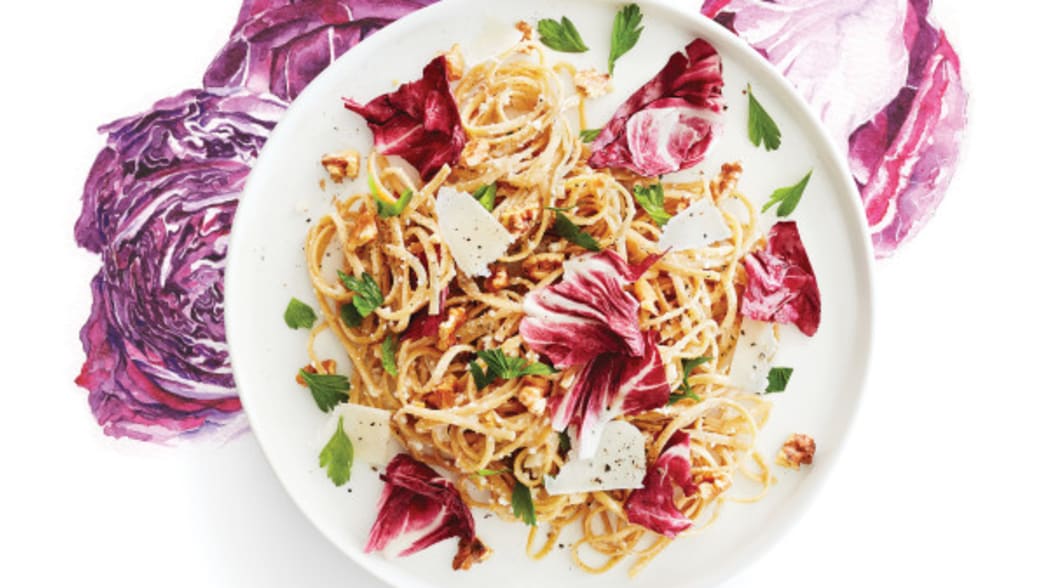
Also known as Italian or red chicory, this brilliantly colored lettuce looks like a small cabbage. A cup of raw radicchio has only 9 calories, with nearly 130% of the daily value (DV) for vitamin K. And the vibrant color is not only visually appealing but also healthy for the eyes: The purple-red hue comes from its abundance of zeaxanthin and lutein, phenolic antioxidants that protect the eyes from the sun’s harmful UV rays. Zeaxanthin and lutein also help to protect the vision process, improve visual acuity and protect against cataracts and age-related blindness. Additionally, zeaxanthin appears to prevent the death of photoreceptor cells in the retina.
Flavor/Texture: Radicchio has a soft texture and gently bitter bite that mellows when it’s cooked.
More Uses: Toss shredded radicchio with quinoa, pecans, edamame, dried cranberries, feta cheese and olive oil and serve in individual radicchio leaf “cups.” Radicchio is delicious grilled or braised: Cut heads into quarters, leaving core attached, then brush with olive oil, sprinkle with sea salt and minced rosemary and grill over medium-high heat until tender. It also pairs well with nuts and dried fruit: Tear radicchio into bite-size pieces and toss with baby arugula, fresh or dried figs and toasted walnuts; dress with a walnut vinaigrette.
3. Teff

A tiny gluten-free, grain-like seed from Ethiopia, teff is rich in nutrients, including calcium, zinc, magnesium, protein and especially iron. This trace element is critical for making hemoglobin, the protein found in red blood cells that transports oxygen to cells; deficiencies can cause anemia, fatigue, shortness of breath, chest pain, infections and heart problems. Because teff is so high in iron, it can significantly improve iron levels in the blood. In fact, researchers believe the generally high resistance and fitness of Ethiopian runners is due in part to their consumption of iron-rich teff.
Flavor/Texture: Earthy, slightly nutty flavor with a grainy texture.
More Uses: Teff is a versatile substitute for wheat flour and many grains. For a nutrient-dense breakfast porridge, boil water or unsweetened apple juice, whisk in teff, cinnamon, nutmeg, ginger and chopped apples and cook until teff is tender; then stir in dates, chopped pecans and maple syrup. Or use teff instead of corn to make creamy polenta: Whisk teff into boiling stock, add a sprig of rosemary and simmer until tender; stir in olive oil or butter and top with sautéed mushrooms, chickpeas, olives and Asiago cheese.
4. Rosemary
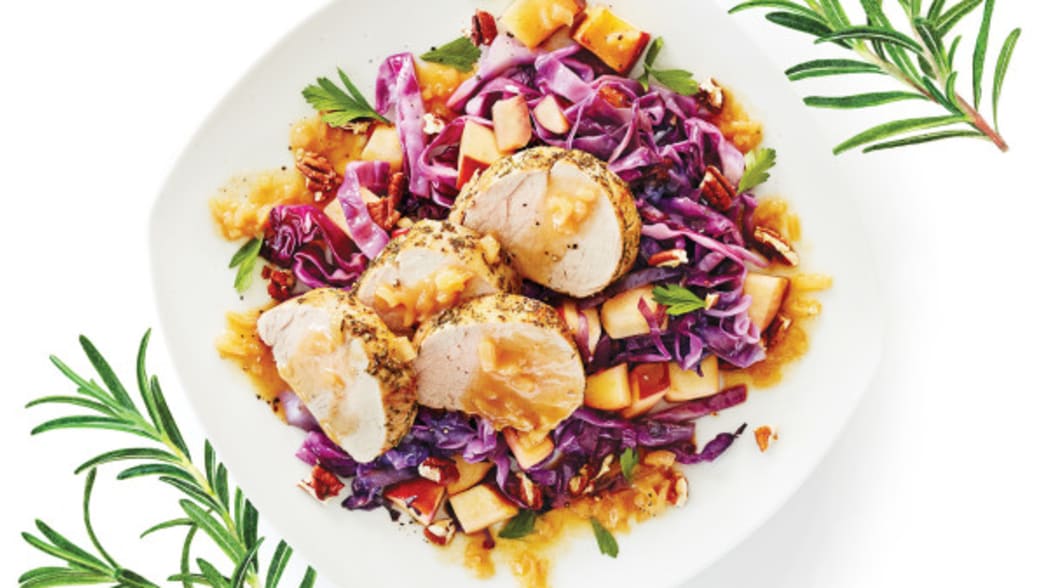
Rosemary has been used for hundreds of years in folk medicine and aromatherapy to enhance memory and cognitive function. Now, research shows that rosemary contains carnosic acid and other compounds that have anti-inflammatory and antioxidant effects, and it may protect against Alzheimer’s disease. Rosemary also significantly improves long-term memory and boosts speed of memory, a predictor of cognitive function during aging, even in doses as low as 750 milligrams, or just under ¼ teaspoon. In other studies, rosemary tea had a positive effect on mood and depression without altering memory or learning, making it a potential alternative to antidepressant drugs, which often affect memory. Even smelling rosemary may alter brain function and enhance memory and cognition.
Flavor/Texture: Pungent, pine-like flavor with a woody texture.
More Uses: Rosemary’s assertive flavor goes especially well with meat and root vegetables. Try a tea made by simmering sprigs of fresh rosemary with ginger and honey, or use rosemary sprigs instead of skewers to grill cubes of white fish and vegetables. For a fragrant appetizer, combine green and black olives with fresh rosemary needles, garlic cloves, minced orange peels and olive oil in a large skillet and heat for 4 to 5 minutes, until warmed. Or marinate halved and pitted fresh peaches in a mixture of minced rosemary, balsamic vinegar, date sugar and olive oil and grill for 5 to 7 minutes until tender.
5. Wild Salmon
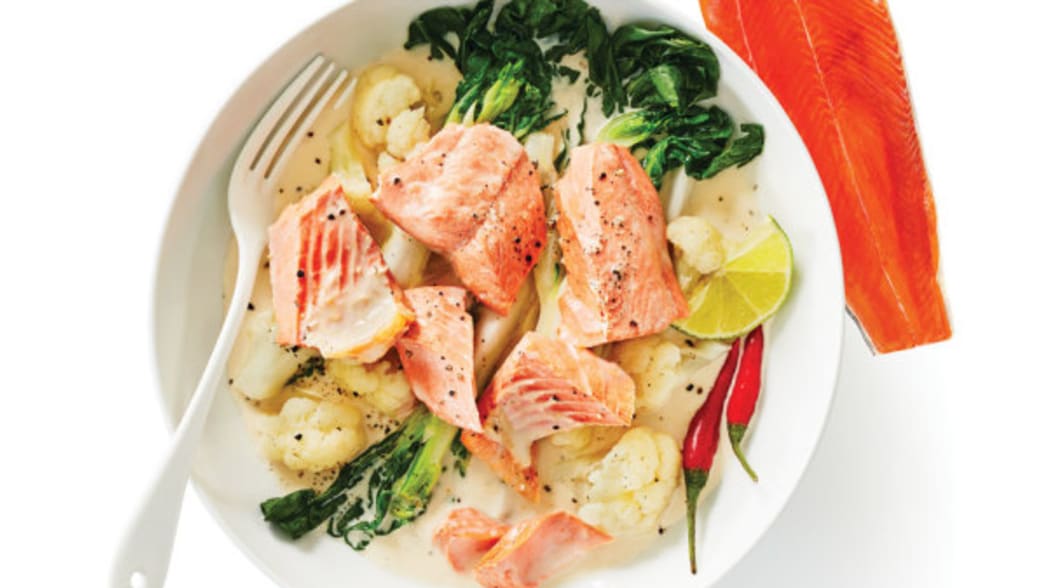
Your mom always said fish was brain food – and she was right. Wild salmon is low in calories, high in protein and loaded with omega-3 fats, which support attention, memory, learning and other cognitive processes. Many studies show that omega-3 fats help protect the brain from developmental disorders, depression, cognitive decline and dementia, and low levels are consistently linked to delayed brain development and increased risk for Alzheimer’s disease. Besides healthy fats, salmon is also high in astaxanthin, a carotenoid antioxidant that gives the fish its pink color and aids in protecting the brain from inflammation, free radical damage, neurodegenerative processes and cognition loss.
Flavor/Texture: Wild salmon is leaner and firmer than farmed salmon and has a slightly stronger flavor.
More Uses: Roll five steamed and chilled asparagus spears in strips of smoked salmon and serve as an easy appetizer. Or swap salmon for beef in savory Thai-style burgers: Combine salmon fillets, red curry paste, shallots, basil and lemongrass in a food processor and process to make a thick paste; stir in bread crumbs, form into burgers and grill. For an easy dinner, wrap salmon fillets in parchment with fennel, olives and cherry tomatoes, drizzle with olive oil and roast until tender.
6. Sacha Inchi
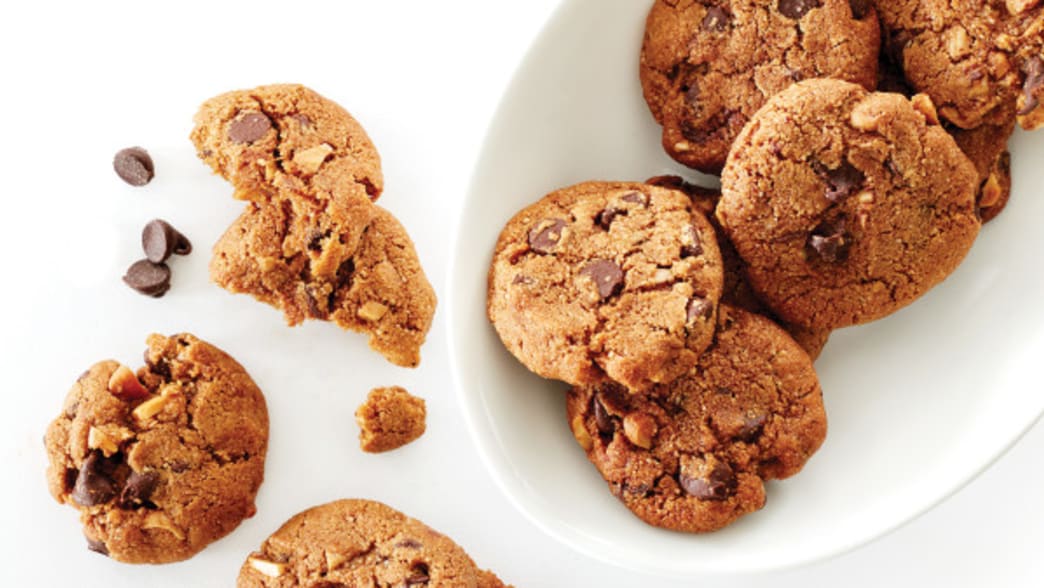
Sacha inchi, also called Inca peanuts, come from the seeds of the Plukenetia volubilis plant native to the Amazon rain forest, where it has been grown and consumed for thousands of years. They’re high in protein and very rich in tryptophan, the amino acid that increases levels of serotonin, a neurotransmitter associated with modulation of mood and appetite. Serotonin deficiencies are associated with carbohydrate cravings and binge eating, and people who are obese tend to have low blood tryptophan levels, suggesting that serotonin deficiency may be linked with overeating. Tryptophan also balances mood, reducing the risk of stress-related overeating. Sacha inchi usually comes in whole-seed or powder form.
Flavor/Texture: Warm, nutty flavor and texture; tastes slightly of the sea.
More Uses: Try warming coconut oil in a heavy skillet, then add sacha inchi seeds, coconut sugar and cardamom; cook on medium-low, stirring almost constantly until seeds are coated and golden, then transfer to a sheet of parchment to cool. Add sacha inchi powder to smoothies, or try it in baked good such as muffins or breads to boost protein and tryptophan.
7. Dragon Fruit
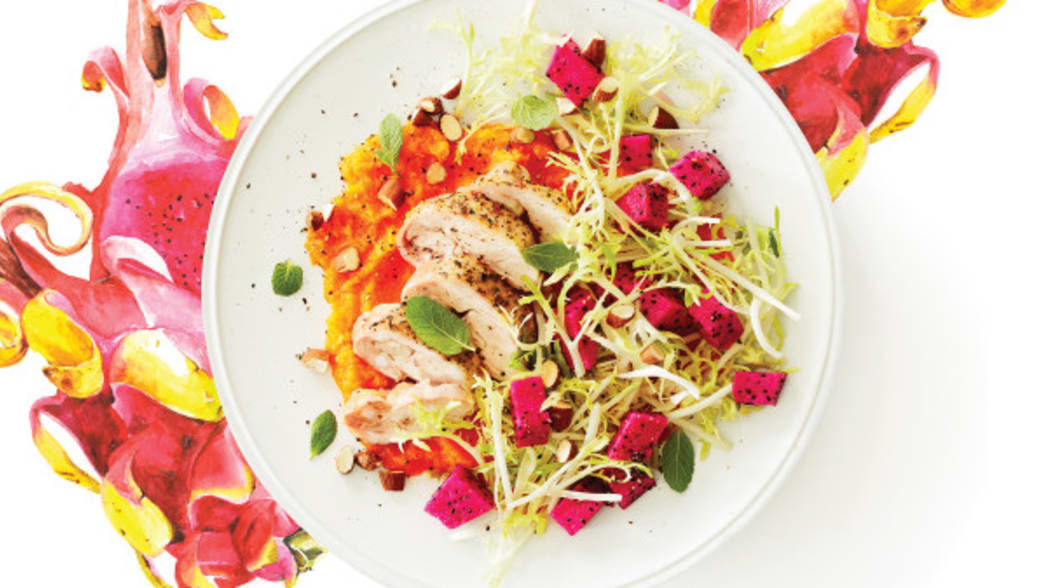
Also called pitaya, this dramatic-looking tropical fruit has a soft white or red flesh that’s dotted with small black seeds, much like kiwi. Dragon fruit is rich in vitamin C, iron and red pigments called betacyanins, which help protect the heart from damage. Research shows that dragon fruit extract can help regulate blood sugar levels, reduce oxidative damage and decrease blood vessel stiffness, while betacyanins have anti-inflammatory, antioxidant and anti-cancer properties.
Flavor/Texture: Mildy sweet flesh with crunchy seeds.
More Uses: Halve dragon fruits, scoop out flesh and purée with coconut milk and honey until smooth; process in an ice cream maker. Or try mixing diced dragon fruit flesh, diced pineapple, chopped red onion, minced serrano peppers and lime juice for an easy tropical salsa.
8. Chaga
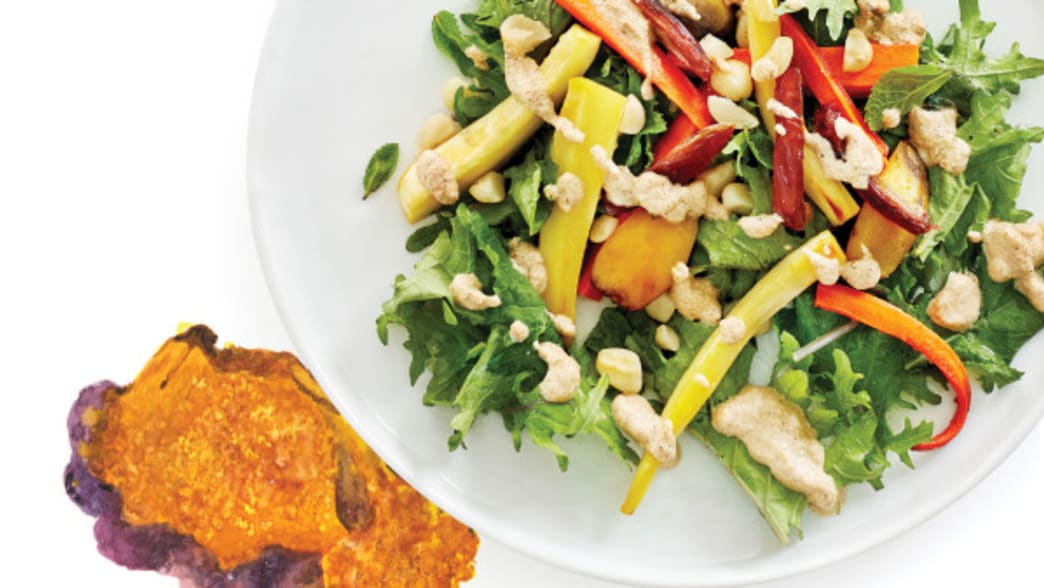
Used for centuries in Asia, Russia and other countries, chaga (Inonotus obliquus) is a parasitic fungus that grows on birch and other trees and looks much like a chunk of burnt charcoal with a rust-colored interior. But in spite of its ungainly appearance, it has powerful benefits including antibacterial, anti-allergy, anti-inflammatory, antioxidant and heart-protective activities. It’s rich in compounds called polysaccharides, which enhance immune function and protect against cancer. Other studies show chaga extract suppresses tumor progression and can reduce DNA damage by over 40%. Find it in powders, capsules, tea bags, coffees and drink mixes.
Flavor/Texture: Light, slightly vanilla flavor.
More Uses: Ideal in smoothies, tea and beverages. Try a smoothie with chaga coffee powder, hemp seeds, raw cacao powder, maca powder, honey and vanilla. Or brew a potent, immune-boosting tea with chaga tea bags, ginger, honey and cayenne.
9. Ahiflower Oil
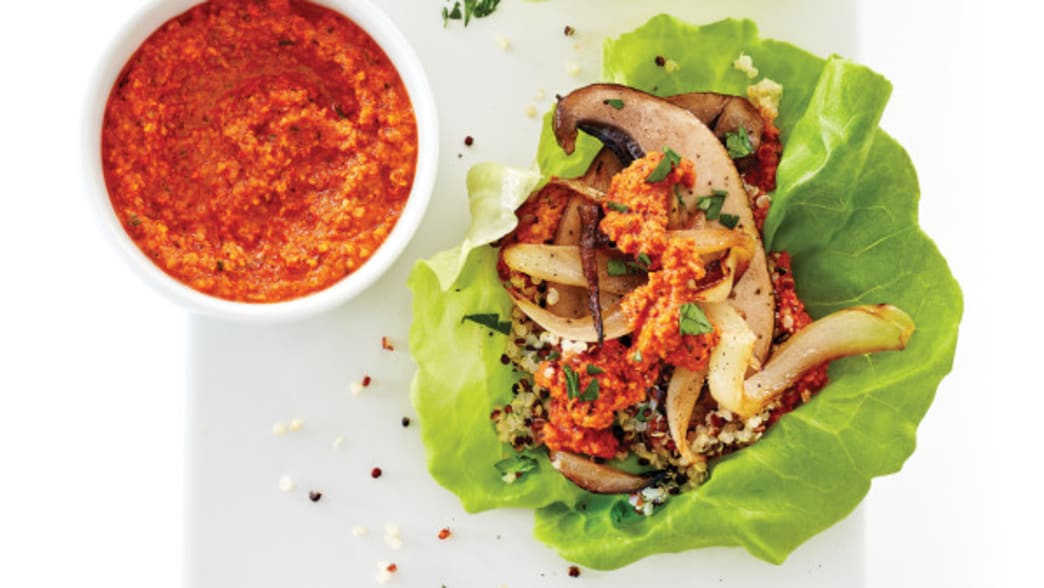
Ahiflower oil comes from the seeds of the Buglossoides arvensis, a flowering plant that’s naturally rich in omega-3 and omega-6 fatty acids. Unlike flax and chia, which contain omega-3s in the form of alpha-linolenic acid (ALA), ahiflower is high in stearidonic acid (SDA). The body converts SDA far more efficiently than it does ALA, and studies show that ahiflower oil is converted to heart-healthy, mood-balancing and anti-inflammatory eicosapentaenoic acid (EPA) three to four times better than flaxseed oil.
Flavor/Texture: Rich, slightly nutty flavor that’s lighter and less vegetal than flax oil.
More Uses: Ahiflower oil is delicate, so avoid heating it. Drizzle over creamy cauliflower soup or roasted beets. Or combine avocado, garlic, lime juice, olive oil and ahiflower oil in a blender and pulse until smooth.
10. Green Banana Flour
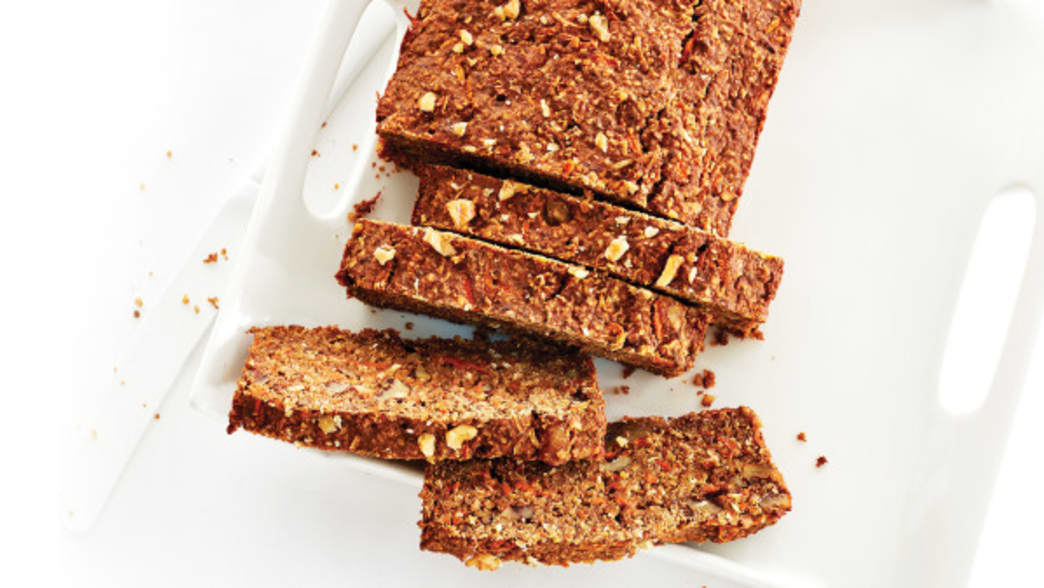
Traditionally used in Jamaican and African cuisine as a replacement for wheat flour, green banana flour is a wonderful gluten-free baking alternative. It’s very high in resistant starch, a special type of starch that passes through the digestive tract unchanged (“resisting” digestion). Once it enters the large intestine, it’s fermented by bacteria, resulting in short-chain fatty acids that have many benefits, including reducing blood sugar levels after meals. Research shows that resistant starch can also improve insulin sensitivity; one study, published in The American Journal of Clinical Nutrition, showed up to a 33% improvement.
Flavor/Texture: Earthy flavor, smooth texture.
More Uses: For easy pancakes, whisk together 1 cup banana flour, 3 tablespoons coconut sugar, 1 teaspoon baking soda and ¼ teaspoon sea salt; beat in 2 eggs and ½ cup almond milk. Or try no-bake bites: In a food processor, combine green banana flour with chopped walnuts, hemp seeds, chia seeds, cocoa powder, vanilla extract and honey; pulse until mixture forms a thick dough, then roll into balls and dredge in additional cocoa powder.
Written by Lisa Turner for Clean Eating Magazine and legally licensed through the Matcha publisher network. Please direct all licensing questions to legal@getmatcha.com.
Featured image provided by Clean Eating Magazine
Superfood Benefits with MariGold
At MariGold, we like to think our Protein Bars and Fat Bombs as well as our other products have their own superfood properties.
Our products contain things like:
- Cacao Nibs – contains flavonols and other antioxidants known to reduces blood pressure, improves performance, and enhance weight loss.
- Sunflower Lecithin (non-GMO) – Lecithin is an excellent source of Phosphatidylcholine, which has been shown to be good for brain health and help the gut lining by forming a protective barrier.
- Ginger – contains antioxidants and other nutrients that can help relieve inflammation in the gut, prevent or treat arthritis, and various types of infection. Researchers have also studied its potential to reduce the risk of diabetes, cancer, and other health problems.
- Chicory Root Fiber – Our Protein Bars contain Chicory Root Fiber, a form of prebiotics. It can stimulate short chain fatty acids production in the colon. This will improve the working of the intestine and ultimately the your well-being.
- Grass-fed Collagen – Our Fat Bombs contain collagen, which plays an important role in building and maintaining healthy connective tissue throughout your digestive tract.
And that’s not all! Those are just a few of the healthy ingredients we include in our products.
Be sure to check out our full Nutritional Info page along with our “What’s inside our Products” page for more information.


